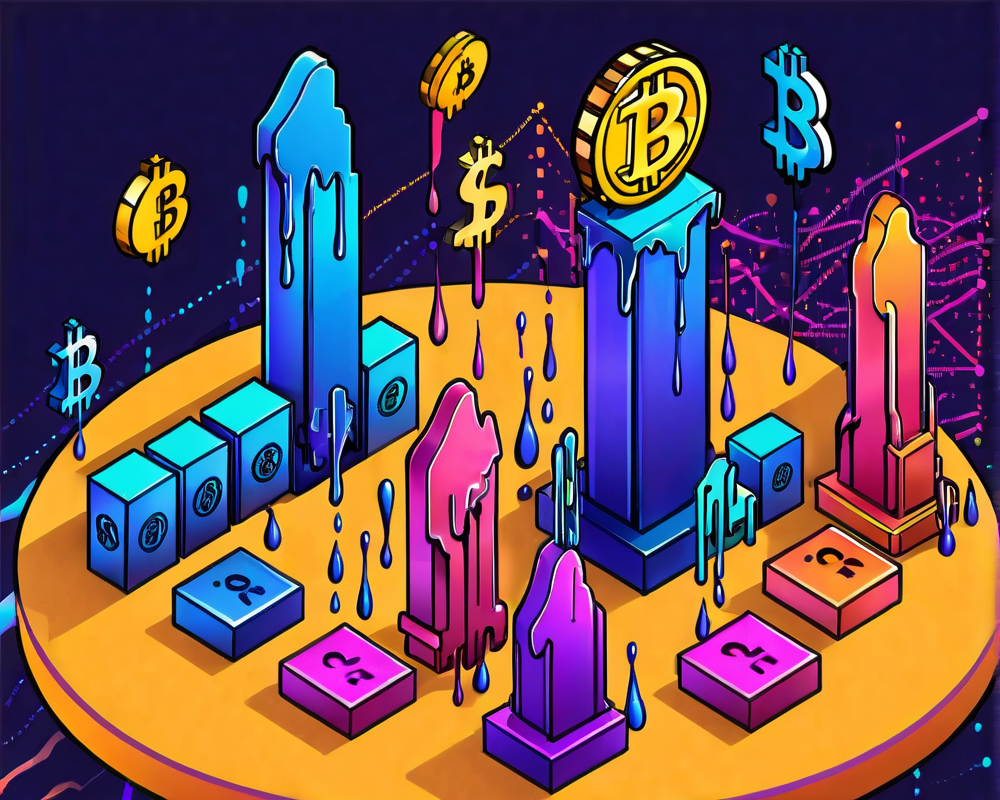Bitcoin’s Rollercoaster: From Highs to Lows
On a chilly Saturday, Bitcoin decided to crash below the $9,000 mark once again, throwing a little chaos into investors’ coffee. It’s like the world’s favorite cryptocurrency is playing hard to get. With the backdrop of the ongoing Coronavirus pandemic, who can blame it for being fickle? Markets worldwide are already in a tizzy, and Bitcoin is joining the party.
Hash Rate Hits Record High
Interestingly enough, while Bitcoin was busy with its price drama, its hash rate hit an astonishing all-time high of 157 quintillion hashes per second. Talk about performance anxiety! This surge in hash rate has been the theme of the year, showing that while prices may dip, Bitcoin’s computational power is hitting the gym like a dedicated bodybuilder, flexing its muscles and boosting security on the blockchain.
What is Hash Rate Anyway?
The hash rate is the computational power Bitcoin miners need to validate transactions and secure the network. A higher hash rate means a more secure network, which can spark some confidence for investors. Imagine a bouncer at a club—more bouncers (or in this case, computational power) make the venue (the network) safer and more exclusive.
Halving Events: A Historical Perspective
With the Bitcoin halving just around the corner on May 20, 2020, it’s time to look at how past halving events affected Bitcoin’s price. The last halving event back on July 9, 2016, saw a price drop from $666.52 to $650.96 on the halving day—talk about being a downer!
The 2016 Halving: A Cautionary Tale
- Initial price drop: -2.36%
- Subsequent monthly loss: -7.5%
- Ending 2016 price: $963.74, a 35% recovery by year-end!
Miners were working with a hash rate that increased from 1.4978 to 1.5606 quintillion hashes per second on that day, but profitability took a hit as they had to exert more power to earn the same BTC.
Bitcoin Cash Fork: A Different Flavor
In contrast, the Bitcoin Cash (BCH) fork on August 1, 2017, had a negative return of -5.62% but ended up being the precursor to Bitcoin hitting the dizzying heights of over $20,000 later that year. It’s like a movie with a surprise twist: the plot thickened, but the character development (price) was phenomenal!
Hash Rate and Price Correlation
Research suggests a strong correlation between Bitcoin’s hash rate and its price over the years. Back in 2016, correlations reached a staggering 86.2%, while 2017 upped the ante to 91.5%. However, 2018 brought some sour grapes with a -66.2% correlation, proving that even in crypto, bad years happen.
Looking Ahead: What Does the Future Hold?
With the next halving looming, miners are already buzzing about market behavior. The block reward will drop from 12.5 BTC to 6.25 BTC, which typically leads to miners selling off BTC pre-halving, potentially pulling the rug out from under prices in the short term. But if history has taught us anything, it’s that sticking around long enough often pays off. Looking forward, investors may see a downturn but could perhaps bask in longer-term gains once the dust settles.
So, grab your snacks, folks! The Bitcoin bobblehead show is just getting started, and it looks like it’ll be quite the ride.




